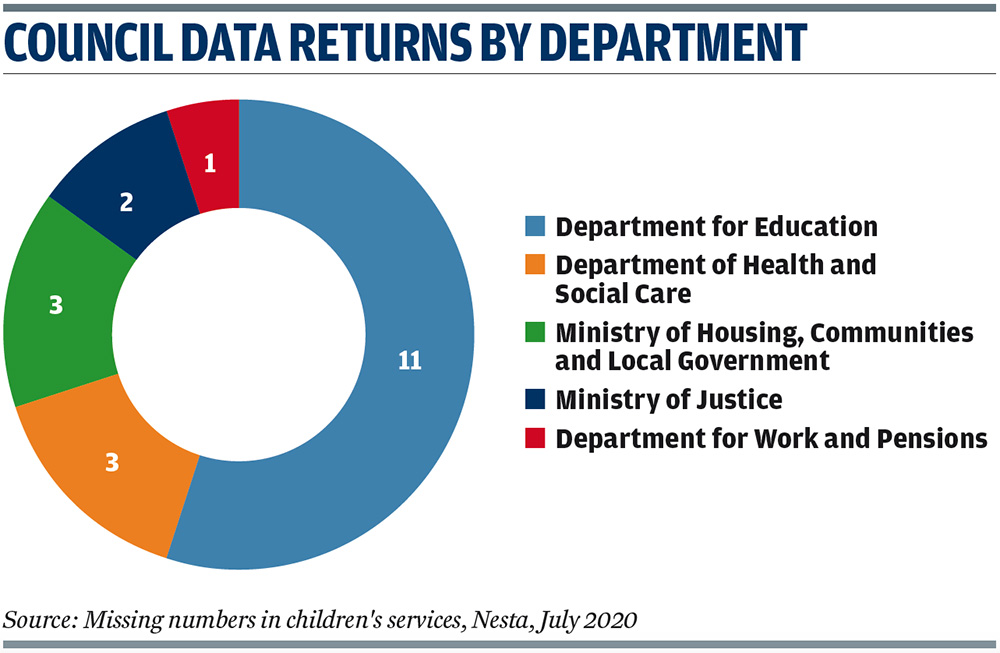

Data collection, management and analysis is too easily treated as an afterthought, but should be central to how local authorities think about policymaking, evaluation and service delivery.
Building a national picture of whether interventions are working is almost impossible, because of a lack of consistent frameworks and measures, and the lack or poor quality of data on children’s needs and provision. A huge amount of even basic administrative data is hard to find in useable form. Even where it exists, it can miss those children in need who are not yet receiving the right support because of its focus on services being delivered.
Register Now to Continue Reading
Thank you for visiting Children & Young People Now and making use of our archive of more than 60,000 expert features, topics hubs, case studies and policy updates. Why not register today and enjoy the following great benefits:
What's Included
-
Free access to 4 subscriber-only articles per month
-
Email newsletter providing advice and guidance across the sector
Already have an account? Sign in here

